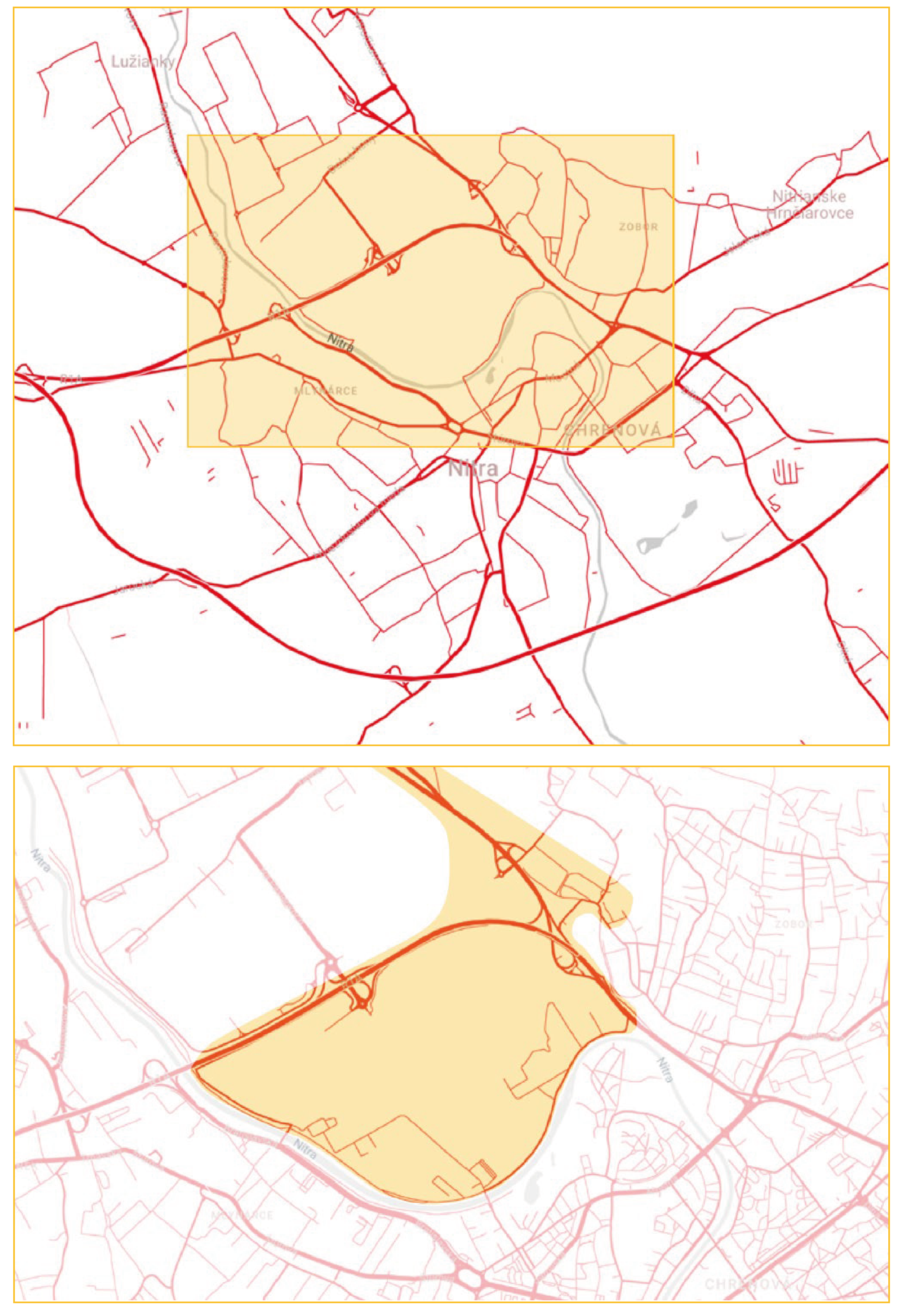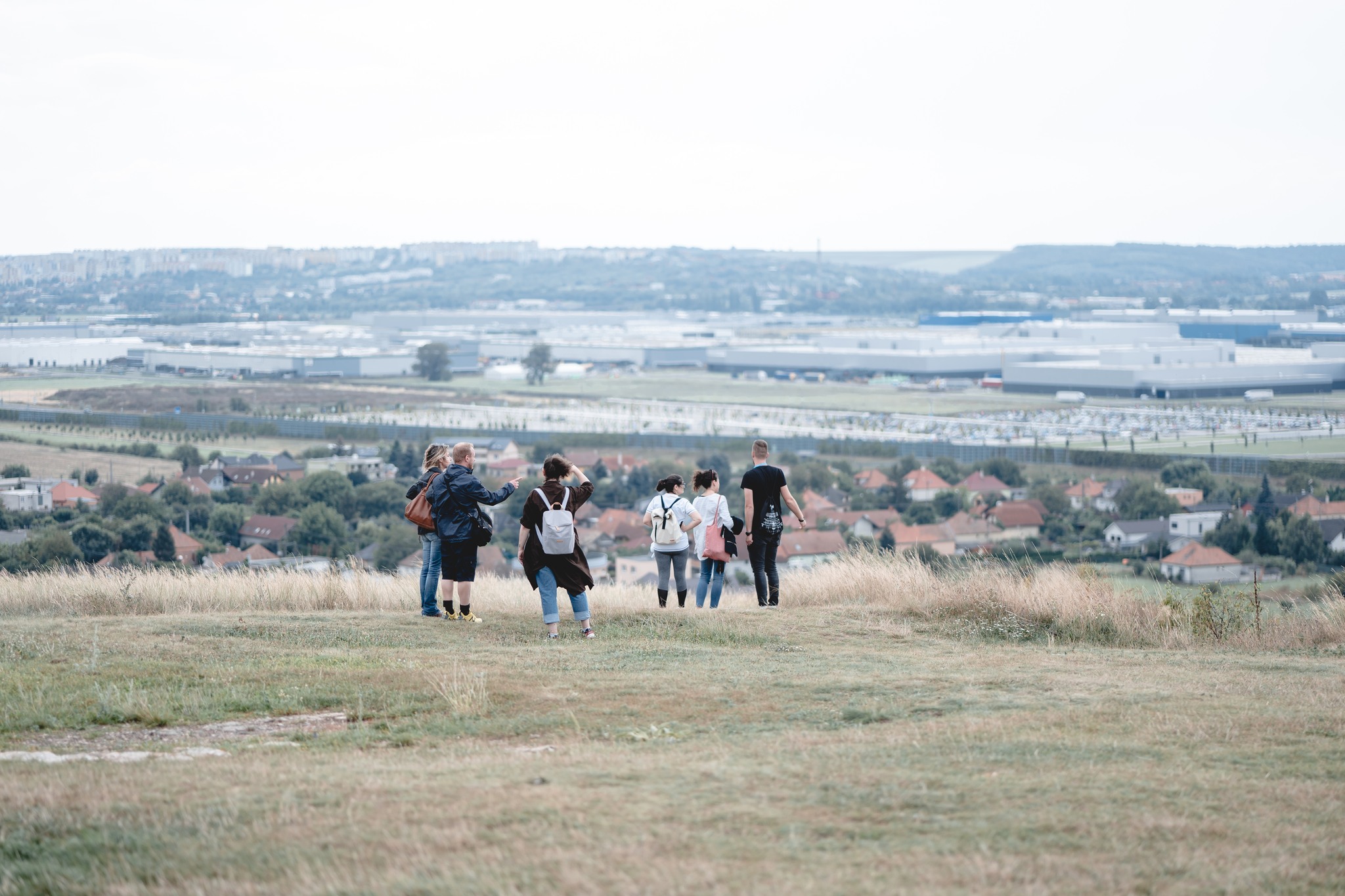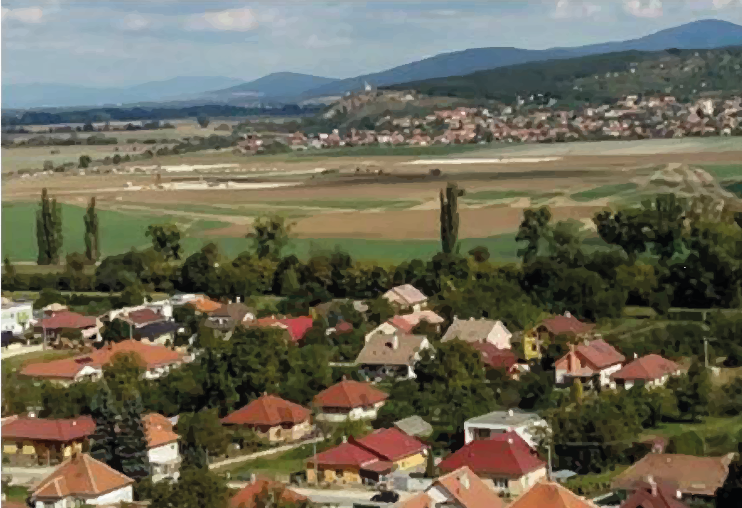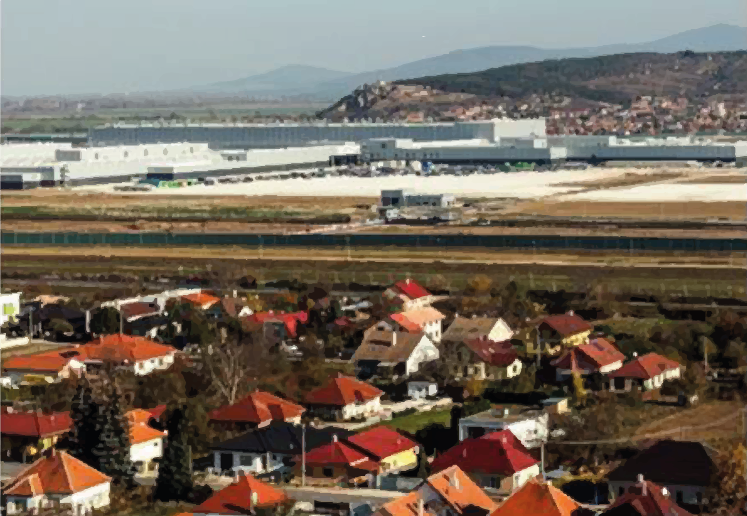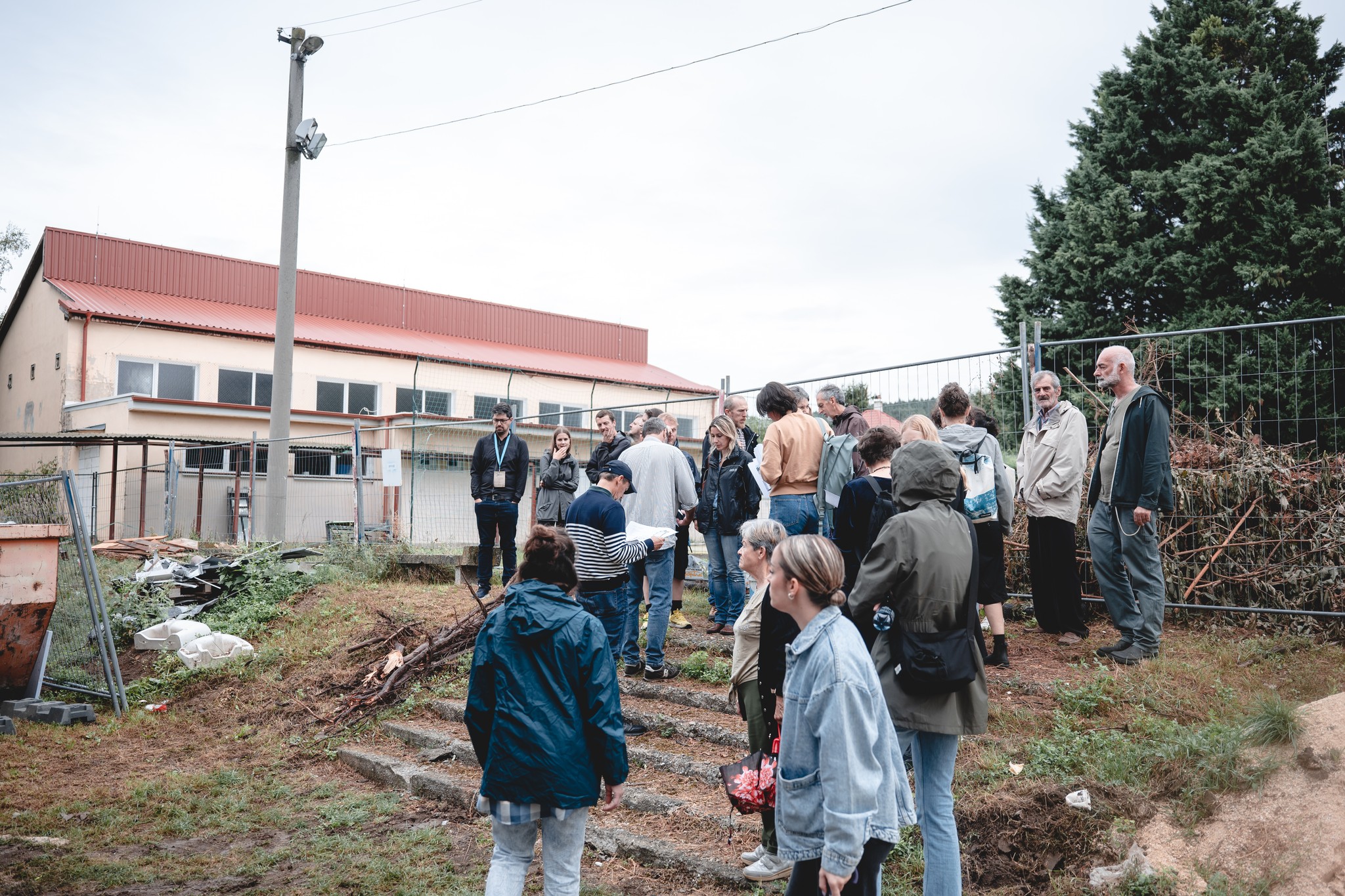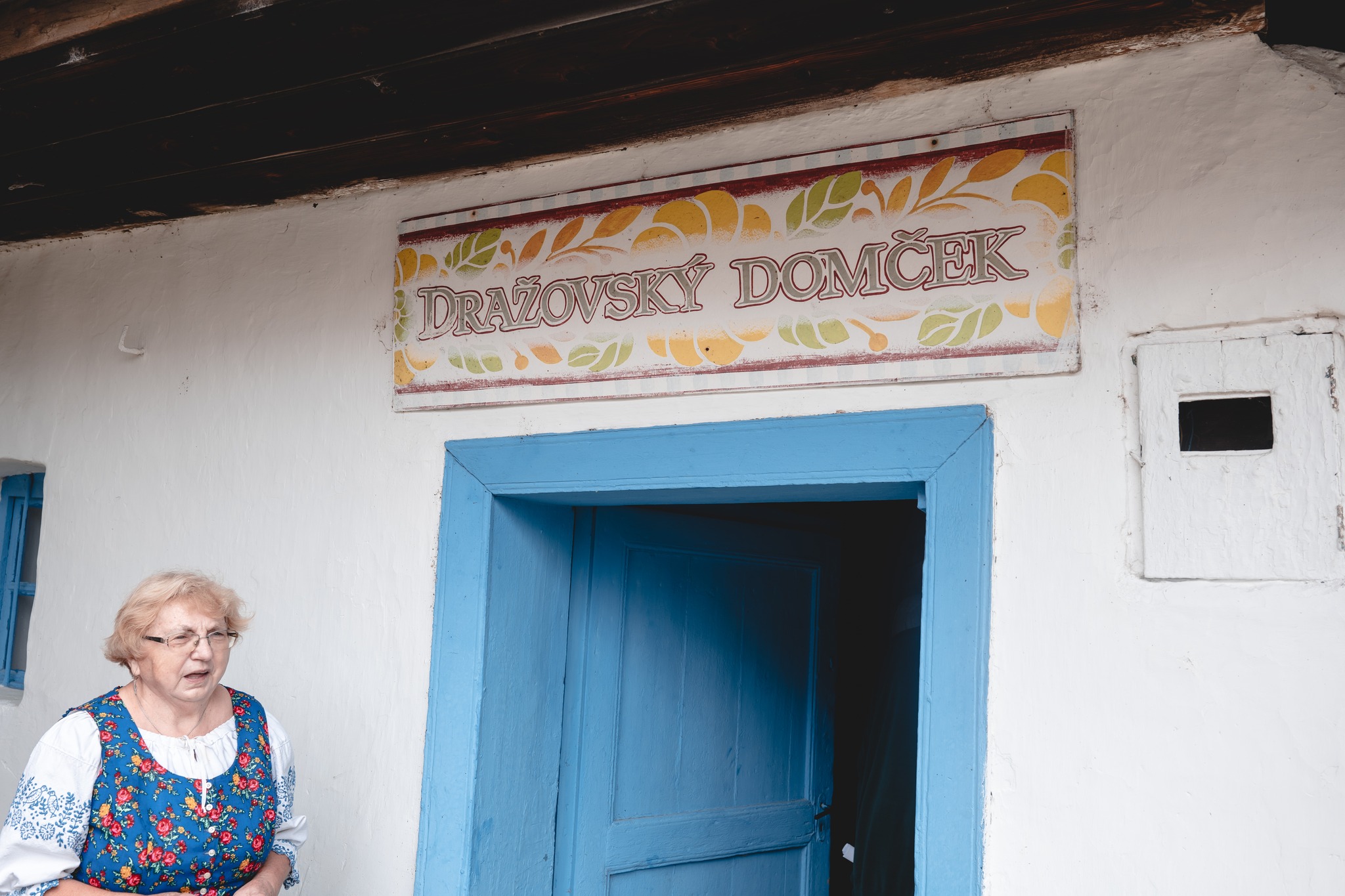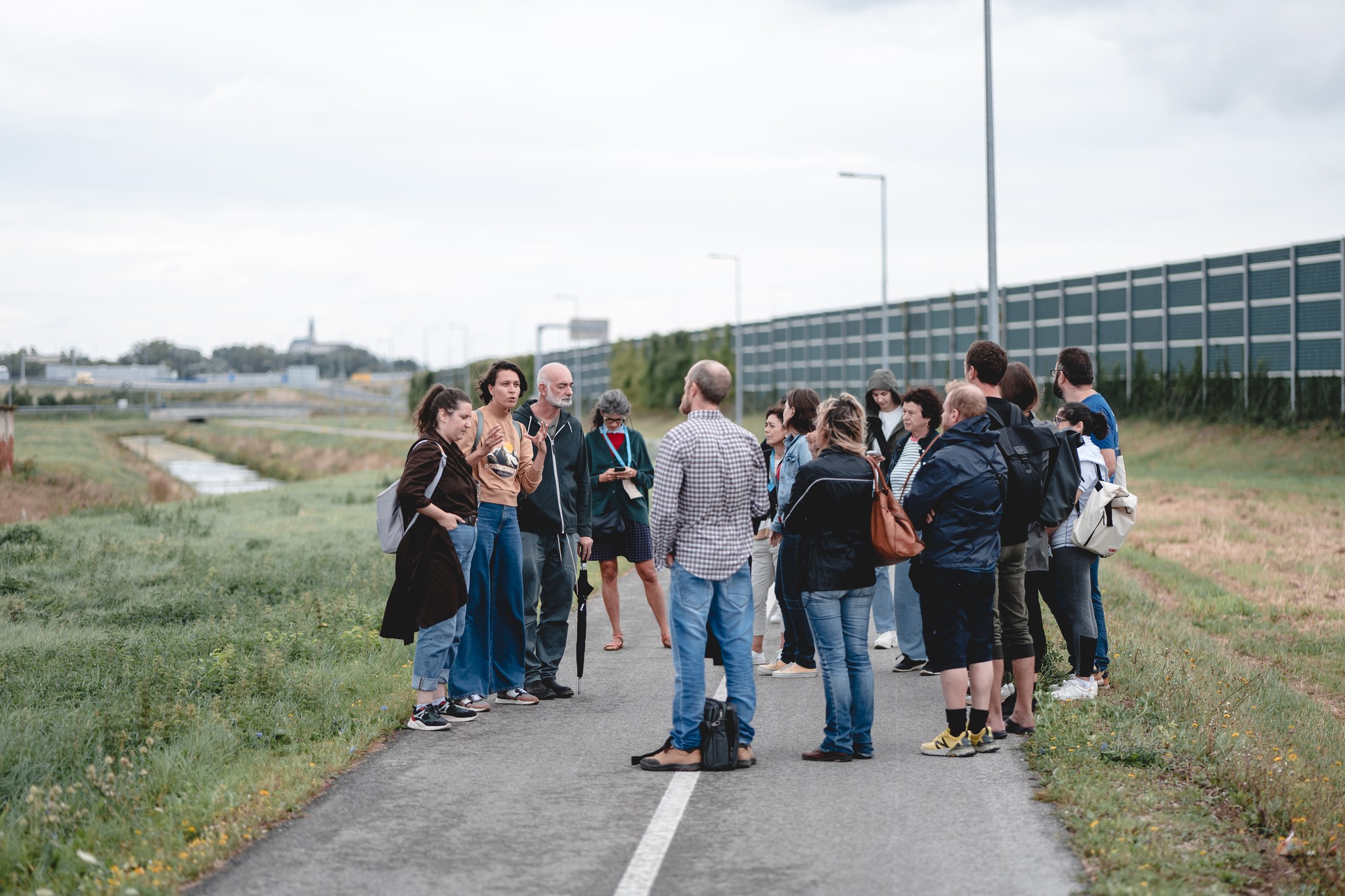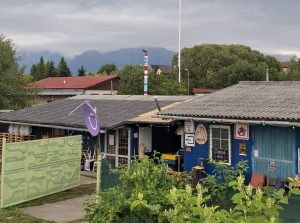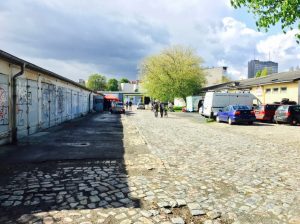Dražovce is a residential neighborhood in Nitra, partially segregated from the city center due to the conversion of adjacent green spaces into industrial land. This area is home to one of Nitra’s largest Roma communities, who face systemic discrimination and significantly lower living standards compared to other city residents..
Nitra, Slovakia’s sixth-largest city, is home to 78,353 residents (2020), including migrant workers from Ukraine, Romania, Bulgaria, Serbia, and other Balkan countries, as well as a significant Roma community. While the economic base of the city is predominantly industrial, its surrounding areas maintain a strong agricultural tradition. In recent decades, Nitra has faced demographic decline due to suburbanization processes as well as outmigration from the region. However, this trend has recently reversed, due to the arrival of Jaguar Land Rover and an influx of foreign migrants.
Context
Dražovce, with 1,874 residents (2021), has a proportionally younger demographic than the rest of the city. It was an independent municipality until 1975 and remains relatively disconnected from Nitra’s urban fabric. This disconnection has been exacerbated by the redevelopment of surrounding green spaces into industrial zones. Despite these changes, Dražovce retains its rural characteristics, traditional norms, and way of life.
One of the largest Roma communities in Nitra lives in Dražovce district. They experience low living standards, social, economic and spatial exclusion. The elementary school is de-facto a segregated Roma school and is severely underfunded, lacking even the school canteen.
To address Dražovce’s isolation and improve accessibility to Nitra’s industrial park, the municipality has promoted alternative transport options. In 2022, an 8-km cycling corridor was completed, connecting Dražovce to the industrial park, the City Park, Hidepark, and the city center along the Nitra River.
Project
Between 2020 and 2025, Tesserae supported various activities in Dražovce as part of the Horizon 2020 IN-HABIT project. The project aimed to promote healthy lifestyles, social inclusion of migrants, social cohesion and relational wellbeing among local inhabitants of Dražovce and with the rest of the city.
The project introduced a flexible green design strategy to improve the neighborhood’s integration within Nitra’s urban system based co-creation principles. Interventions included infrastructural enhancements, like the creation of a picnic area along the bicycle road and a community garden in Dražovce, as well as cultural and educational activities focused on the segregated Roma school and the residential area of Dražovce. Workshops and festivals aimed to engage children and promote stronger civic engagement within the local community.
While the project has made significant contribution in engaging vulnerable children and showcasing the potential for communal activities to bridge divides, the full realization of its inclusivity goals requires a long-term commitment to overcoming resistance and building trust among all community members, particularly in such a segregated context. This endeavour will necessitate a sustained focus on both immediate impacts and the gradual transformation of community attitudes, ensuring that the seeds of change planted through the project can grow into lasting societal changes.
